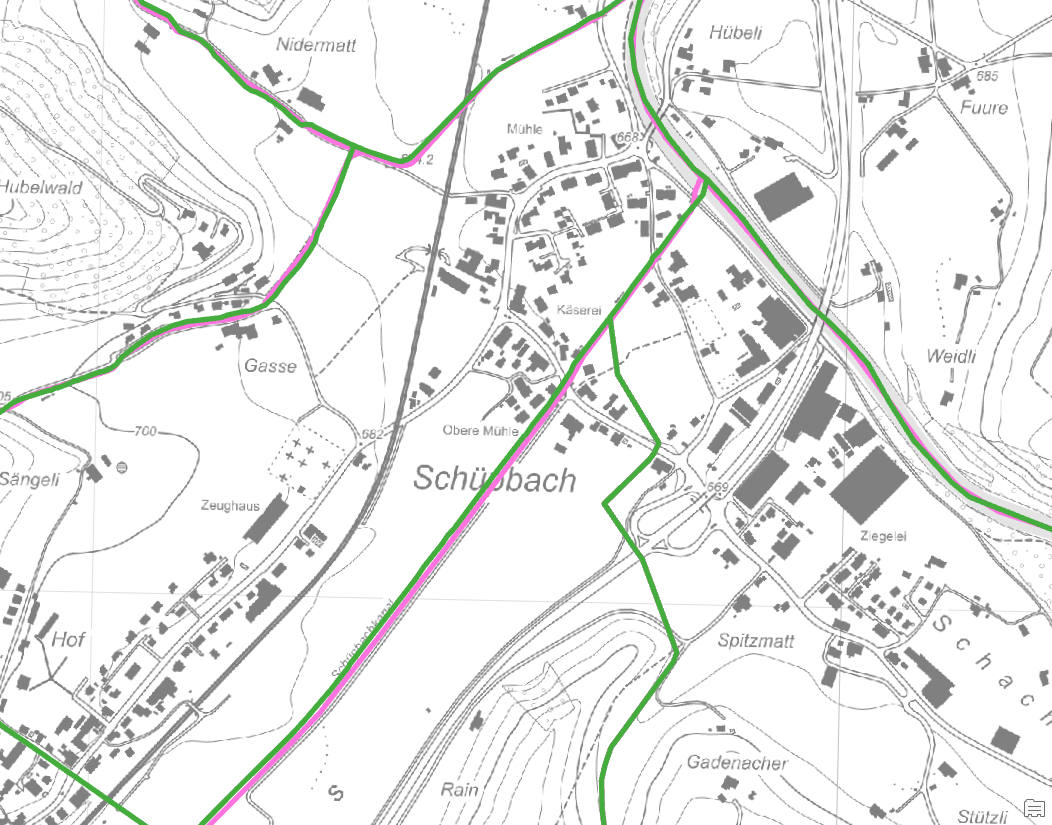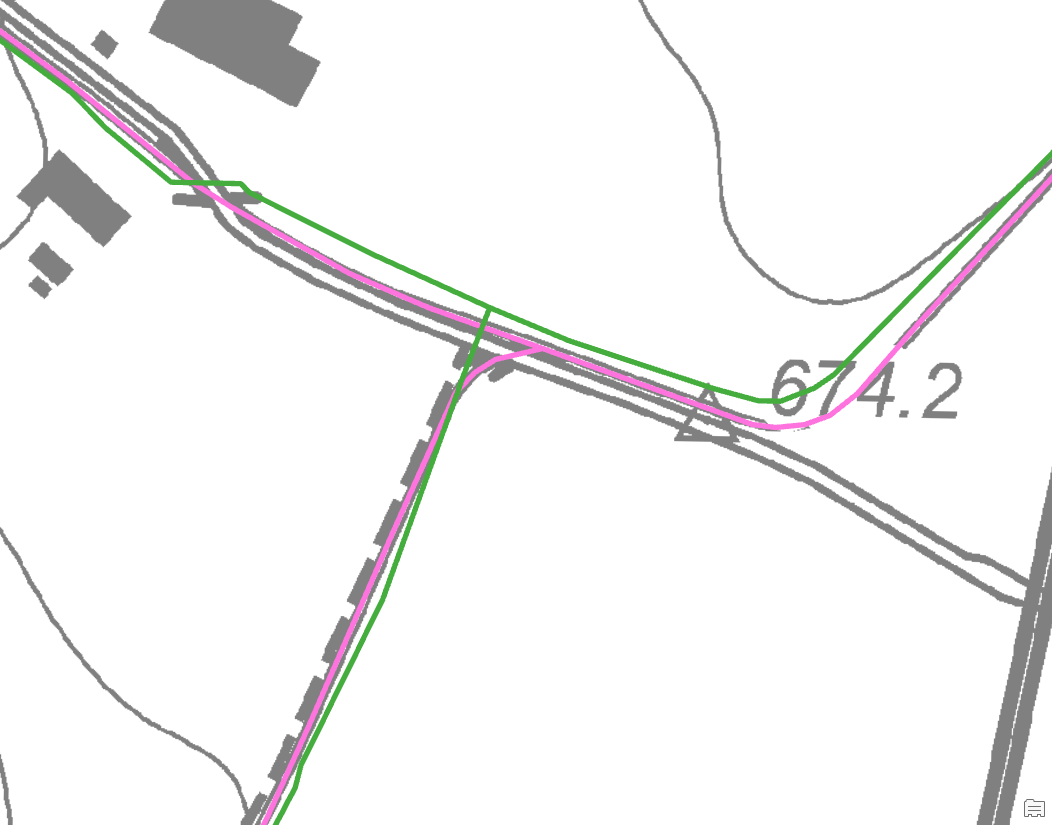Hello together
I am currently working with two watercourse datasets from different sources, which unfortunately do not take the same course depending on the region, although in reality there is clearly only one watercourse. For this reason, I would like to merge the datasets or assign the attributes of one dataset to the line segment of the nearest neighbour of the other dataset.
I've already tried a bit myself in ArcGIS Pro, but haven't come up with a clever solution. Do any of you have an idea for this?
Thanks in advance for an answer
Best regards
Dani














